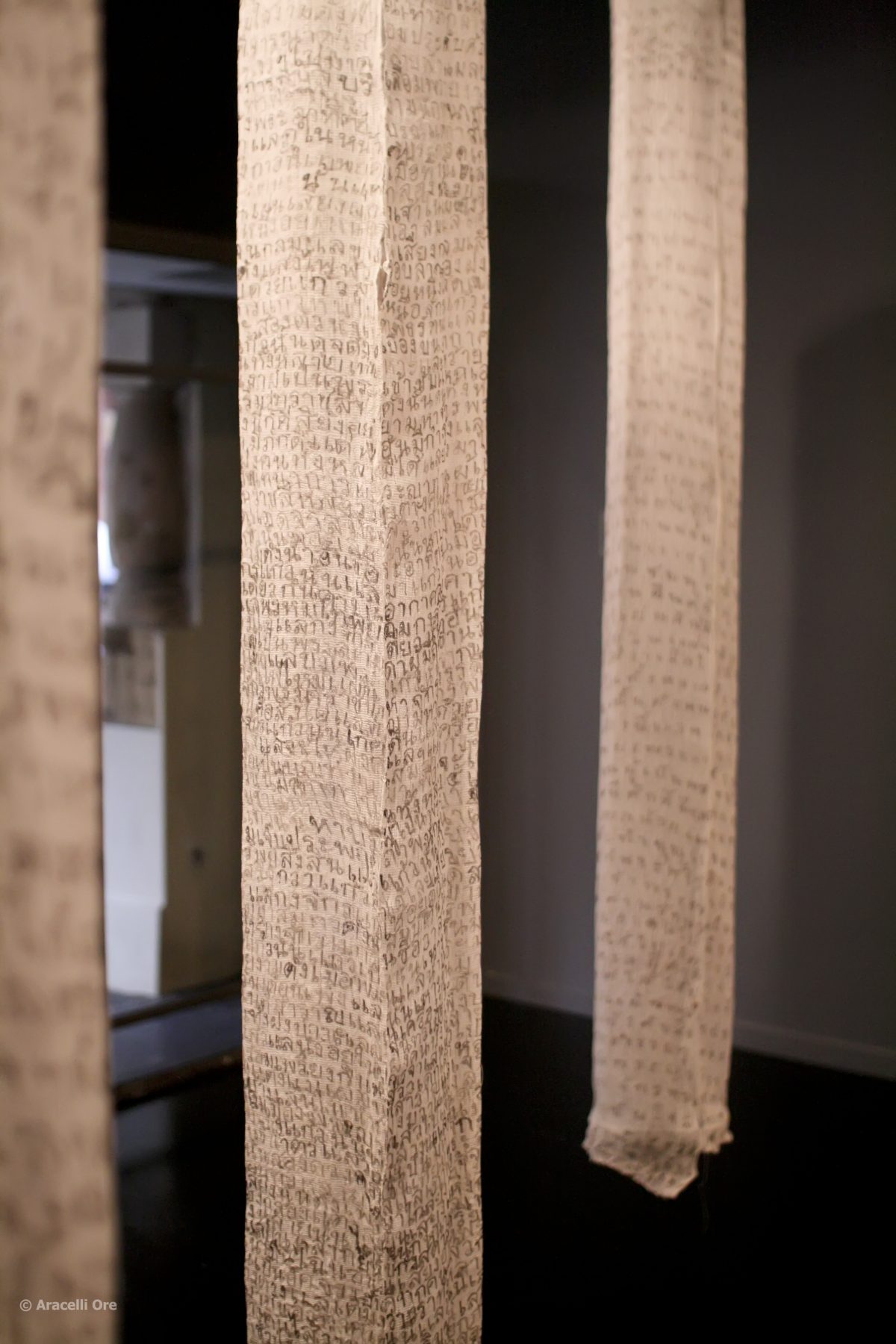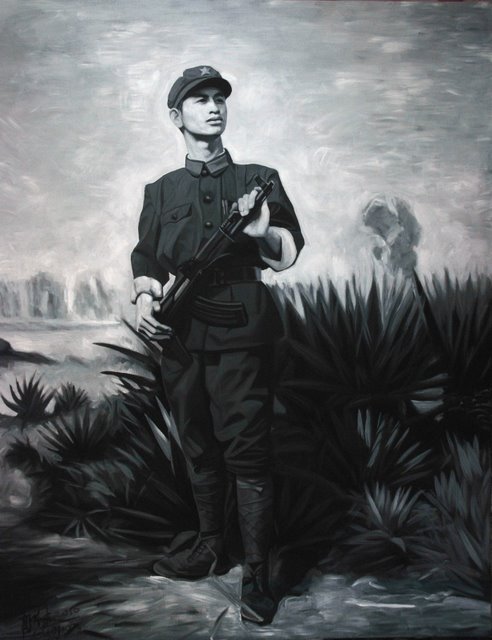Phase 1: 16 July – 28 August 2010
Artists: Alfredo + Isabel Aquilizan, Eric Bridgeman, Zhang Ding, Hikaru Fuji, Archie Moore, Shen Shaomin
Phase 2: 3 September – 16 October
Artists: Alfredo + Isabel Aquilizan, Patty Chang, Will French, Young Sun Han, Meiro Koizumi, Tatsumi Orimoto, Shen Shaomin, Sumugan Sivanesan, Kiran Subbaiah, Tintin Wulia
Split over two exhibition periods and featuring artists from Australia and the Asia region, Last Words is a group exhibition that explores language, knowledge and communication in an age of cultural diversity and globalisation. It is the culmination of a series of mid-career solo exhibitions and performances, which 4A has undertaken throughout 2010 that tackle ideas of communication.
These artists articulate that it is no longer straight forward to answer questions such as who are you? where are you from? how do you fit in? As our ideas and experiences of place and locality are increasingly defined by the intersection of local, national and global references – colliding histories, traditions and politics are what define our contemporary experiences. It is a world that is undergoing constant change and expansion, where culture, geography and traditional forms of identification are neither consistent or certain. What happens when our boundaries – geographical, psychological, physical and cultural – dissolve? How, then do we articulate history, politics, where and how we live?
Last Words aims to set up a discourse around the ways in which meaning is constructed in a time of uncertainty, through artworks which act as a catalyst for reflection on the contemporary world.
Technology, economics and global politics have changed our understanding of geography and other cultures. We can talk instantaneously with our friends around the world, we have an understanding of society and politics in different parts of the globe and we are exposed to multinational global brands and their ideologies. Within these cross-cultural, cross-national and consumer movements, where does the individual fit? How does the individual articulate their own position and their own history?
Last Words explores language, knowledge and communication in an age of cultural diversity and globalisation. We have entered a period where traditional forms of identification are neither consistent or certain. Last Words highlights the need to find new ways of thinking and talking about culture.



















